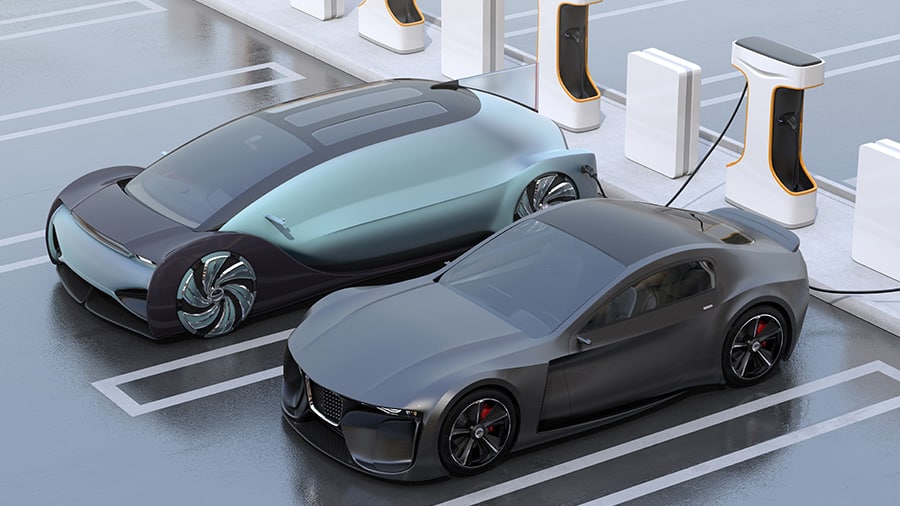
Andrea Montermini
Managing Partner EMEA


The world of the vehicles and mobility is experiencing a very delicate phase, of profound and rapid transition to a future that still presents highlights and shadows, and plenty of uncertainty.

From the point of view of the automotive product, four forces are guiding this phase of transition towards the future of mobility:
Automotive OEMs are leading this transformation, but what will the consequences be for the supply chain, and how can a quantitative evaluation be achieved? A recent survey by EFESO Management Consultants offers a glimmer of clarity, but the way ahead is not entirely sunlit.
Focusing on the electrification as a pivotal element in the transformation of the supply chain, certain facts emerge from the analysis:
Furthermore, automotive sector is central to the EU economy. It generates a turnover that represents over 7% of the EU GDP14, (around €936 billion in 2020) and employs 3.5 million people (over 11% of EU employment in manufacturing). The transition will therefore not be painless for European automotive supply chain, and will be more or less disruptive depending on the component segment.
Nine functional systems of the BOM for an average car typical of internal combustion engine and battery electric vehicles were analyzed:
1) ‘Fit4Future is an indicator that EFESO has created by evaluating the level of technological leadership, the environmental impact of materials and processes, the digital transformation of operations, and the resilience of the procurement of critical materials).

By cross-referencing the analysis dimensions, the different strategic perspectives for the supply chain segments emerge:
The challenges and levers of value creation for each individual company within the various segments will therefore need to adapt in view of the various perspectives. Never before over the past 100 years has the capability of each company to choose the right strategy and to execute it effectively made such a difference.

Managing Partner EMEA

Senior Manager
